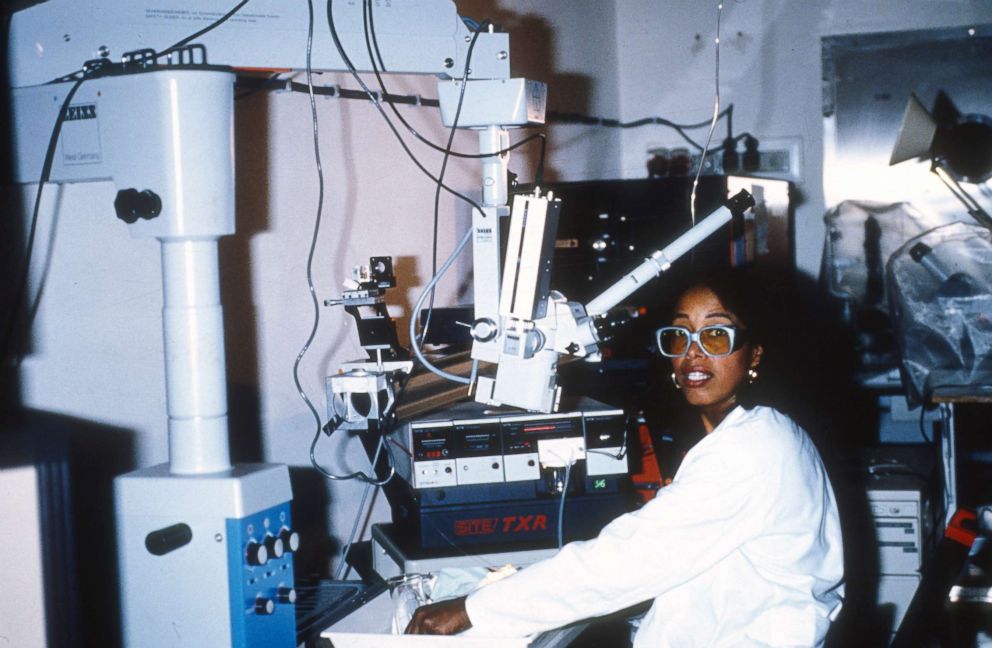
Patricia Bath: The Queen of Ophthalmology
Patricia Bath: The Queen of Ophthalmology
Hey there eye care enthusiasts! Today we're going to talk about a scientist named Patricia Bath. Now, you may not have heard of her before, but let me tell you, this lady was a true eye care pioneer.

Patricia Bath was born in 1942 in Harlem, New York City and from a young age, she had a passion for science and medicine. She went on to study at Howard University and later earned her M.D. at the same institution. In 1973, Bath became the first African-American to complete a residency in ophthalmology.
But it was when she started working as a resident at the New York University Medical Center that Patricia Bath made some of her most important contributions to the world. She was interested in finding ways to improve the treatment of eye diseases, particularly those that affected the African-American community.
One of Bath's most notable contributions to the field of medicine was the invention of the Laserphaco Probe which she patented in 1986. It's a device that uses laser technology to remove cataracts from the eyes. This was a groundbreaking invention as it made cataract surgery less invasive, more precise, and more efficient.
But that's not all, Patricia Bath also made other important contributions to the field of ophthalmology and she was a pioneer in developing new techniques to treat glaucoma and other eye diseases. She was the first African-American woman to complete a residency in ophthalmology and the first to serve on the faculty of the Jules Stein Eye Institute at UCLA, where she also became the first African-American woman doctor to lead a medical staff. Bath was the first African-American woman doctor to receive a patent for a medical purpose. A holder of five patents, she also founded the non-profit American Institute for the Prevention of Blindness in Washington, D.C.

Patricia Bath's work was groundbreaking and had a significant impact on the field of ophthalmology and eye care. It's thanks to her that we have access to more effective and less invasive treatments for cataracts, which greatly improves the quality of life for patients suffering from this condition, particularly in the African-American community.

Despite the obstacles she faced as an African-American woman in a field that has been traditionally dominated by men, Patricia Bath persevered and made a lasting impact on the world. Her work in ophthalmology continues to be studied and built upon to this day and her legacy lives on through the many doctors and researchers who were inspired by her work.
Patricia Bath died on May 30, 2019 at the age of 76 in San Francisco, California.
So next time you or one of your loved ones needs extensive eye care, remember Patricia Bath and the amazing work she did. She truly made an eye opening impact!

Eye Chart Game
Materials needed:
- Printouts of attached Arrrgh Mighty Eye Chart
- White pieces of paper or poster board
- Different color markers or crayons
- Ruler
- Sheet of paper to record observations
- Arrrgh Mighty Observation Journal (optional)
What can you spy with your scientific eye? Who’s ready to learn more about how we see? Let’s go!
Instructions:
Explain to the children that Patricia Bath was a scientist who made important contributions to the field of ophthalmology and helped develop a new method for cataract surgery. If you have a cataract, your eye’s natural lens has become cloudy. It is like looking through a foggy or dusty car windshield. Things look blurry, hazy or less colorful with a cataract. Dr. Bath created technology to help remove cataracts so that people can see clearly again. In this activity children will learn how important vision tests are to eye health.
- Print out enough copies of the Arrrgh Mighty Eye Chart attached to this activity for each child to have their own.
- Have the children use a ruler to measure the size of each character on the Arrrgh Mighty Eye Chart and record it on another sheet of paper or in their Arrrgh Mighty Observation Journal (optional).
- Additionally, have each child create a unique eye chart by drawing letters or numbers of different sizes in different colors in a pyramid shape or inverted pyramid shape on a white sheet of paper or poster board.
- Have the children use a ruler to measure the size of each letter or number and record it on another sheet of paper or in their Arrrgh Mighty Observation Journal (optional).
- Have the children test their eye charts by standing at different distances from the charts, reading each other’s eye charts and seeing how many characters, letters, numbers, and colors they can read correctly or see clearly.
- Have the children discuss the importance of good vision and how Patricia Bath's work on cataract surgery helped improve the eyesight of many people.
This activity is a fun and interactive way to introduce the concept of good vision and the importance of eye care, it also helps children understand the contributions of Patricia Bath in the field of ophthalmology and the development of cataract surgery.


